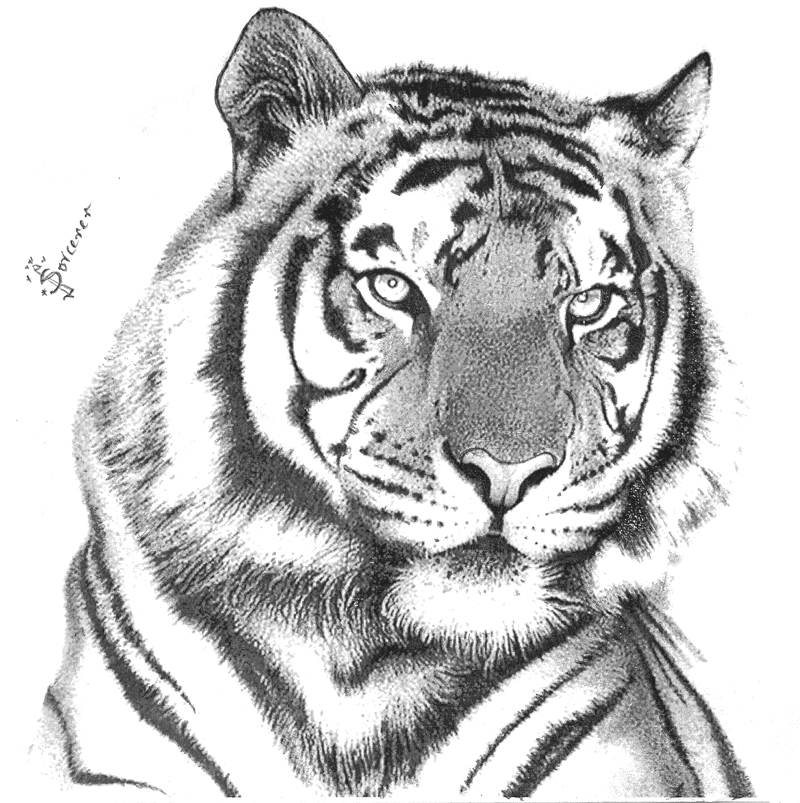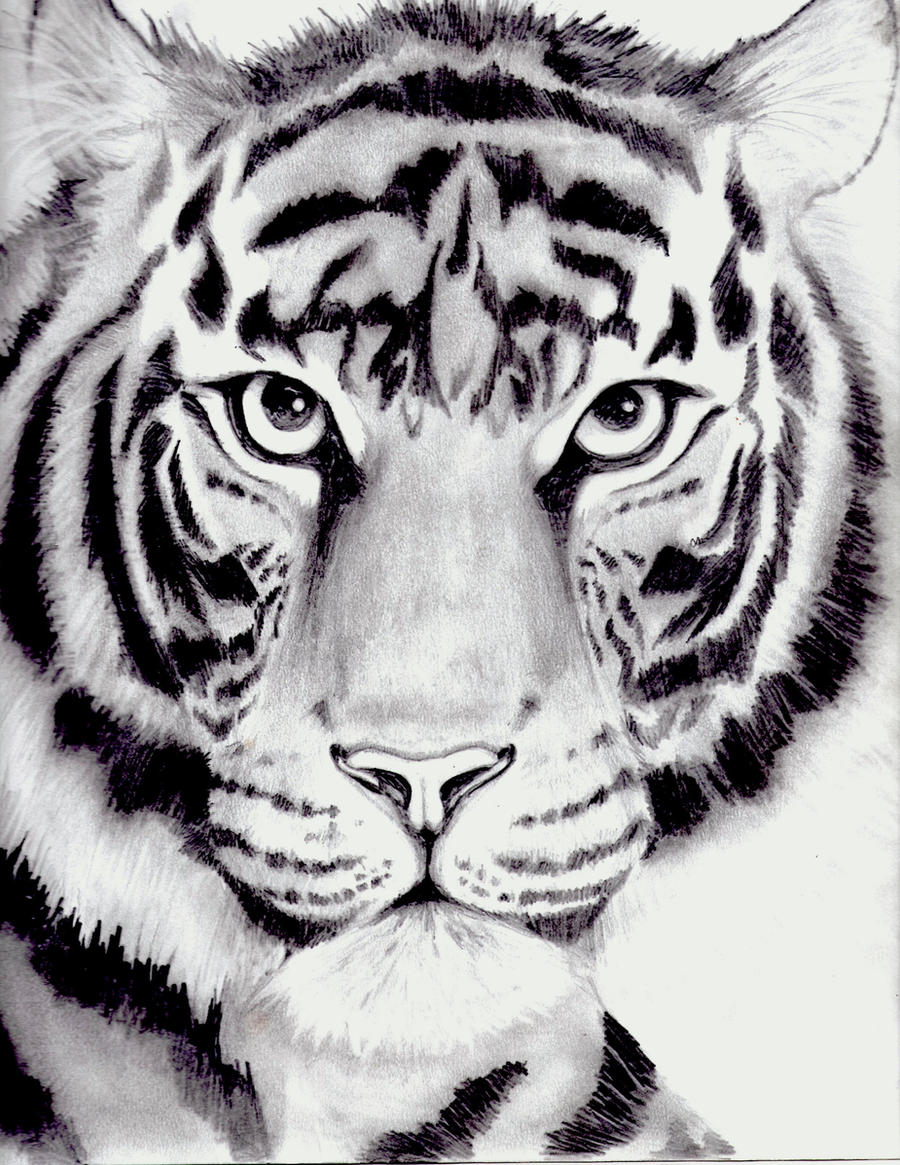
A tiger sketch is a beautiful piece of art that captures the majestic nature of this endangered species. Tigers are known for their strength, grace, and striking appearance, making them a popular subject for artists around the world. Whether you are an aspiring artist or simply appreciate the beauty of tigers, learning to sketch these magnificent creatures can be a rewarding and enjoyable experience.
The Basics of Tiger Sketching

Before diving into the details of tiger sketching, it's important to understand the basics. To start, gather the necessary materials such as pencils, erasers, and sketching paper. It's recommended to use a range of graphite pencils with different levels of hardness to achieve different textures and shades.
Begin by sketching the basic outline of the tiger, focusing on its body shape and proportions. Pay attention to the head, body, and tail, ensuring they are in harmony. Use light, loose lines initially, as you can refine and darken them later.
Once the outline is complete, start adding details such as the eyes, nose, and mouth. Tigers have distinct facial features that give them their fierce appearance. Take your time to capture these details accurately.
Shading Techniques for Tiger Sketching

Shading is crucial in bringing your tiger sketch to life. It adds depth and dimension, making the drawing more realistic. There are several shading techniques you can use, such as hatching, cross-hatching, and blending.
Hatching involves creating parallel lines to indicate areas of shadow. Cross-hatching involves layering lines in different directions to create darker shadows and textures. Blending is done by smudging the lines together to create a smooth and seamless transition between light and shadow.
Experiment with these techniques to find the one that suits your style and desired effect. Remember to observe reference images or real tigers to understand how light and shadow interact with their fur.
Adding Texture to Your Tiger Sketch

Tigers have a unique fur pattern that distinguishes them from other big cats. Adding texture to your tiger sketch can make it more realistic and visually appealing. Pay attention to the direction and length of the fur strands.
Use short and quick strokes to create the appearance of fur. Vary the pressure and thickness of your lines to mimic the different lengths and densities of fur on different parts of the tiger's body. Take your time to add these details, as they can greatly enhance the overall quality of your sketch.
Bringing Your Tiger Sketch to Life

Once you have completed the main elements of your tiger sketch, it's time to bring it to life with additional touches. Consider adding a background or environment that complements the tiger's natural habitat. This can create a sense of context and make the drawing more visually appealing.
You can also experiment with different coloring techniques, such as using colored pencils or watercolors, to add vibrancy and depth to your sketch. However, if you prefer to keep it in black and white, make sure to enhance the contrast and tonal values to create a striking visual impact.
Conclusion
Tiger sketching is an art form that allows you to appreciate the beauty of these magnificent creatures while honing your artistic skills. Remember to practice regularly and observe tigers in their natural habitat or through reference images to capture their unique features accurately.